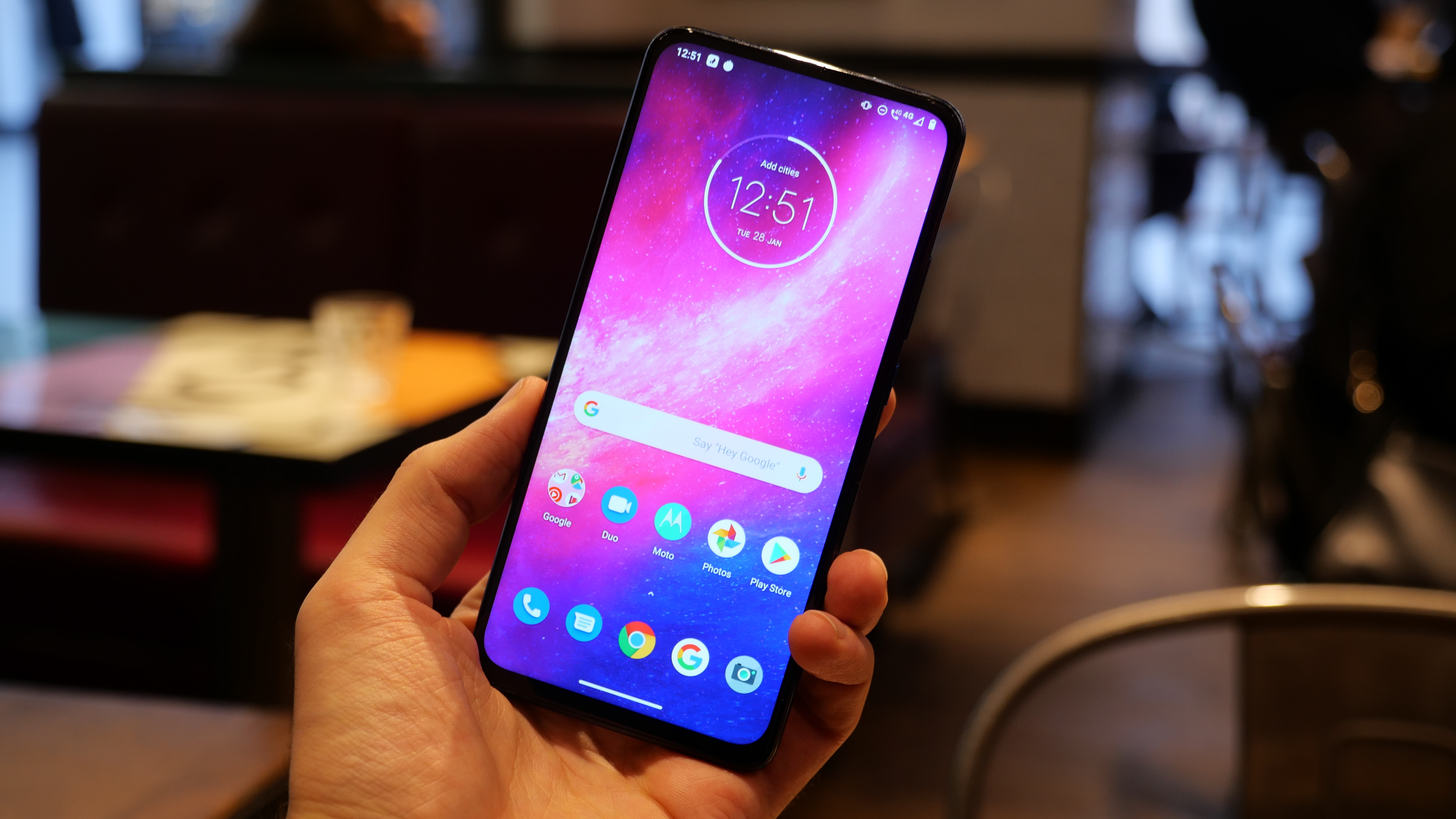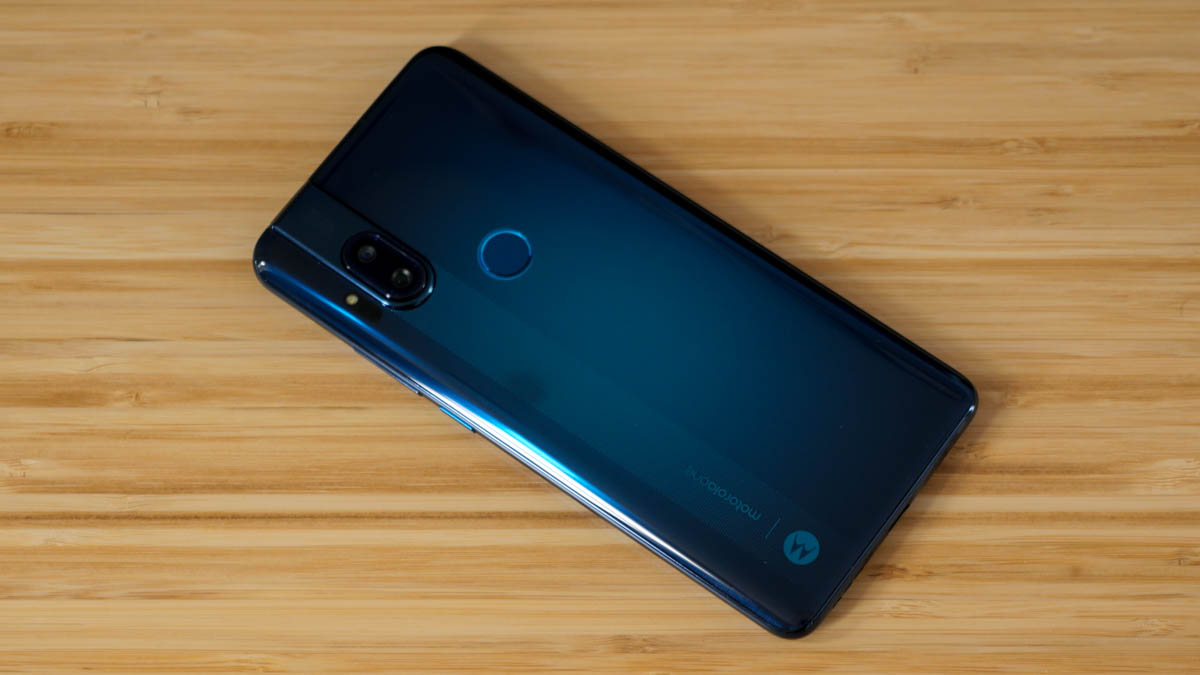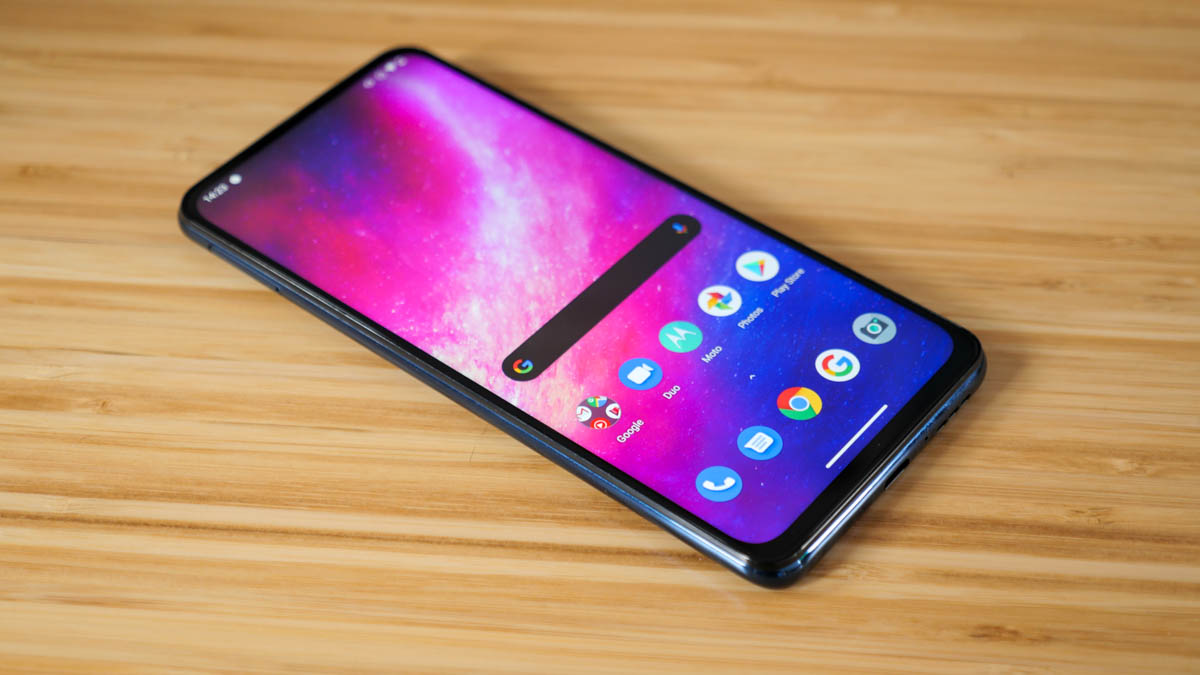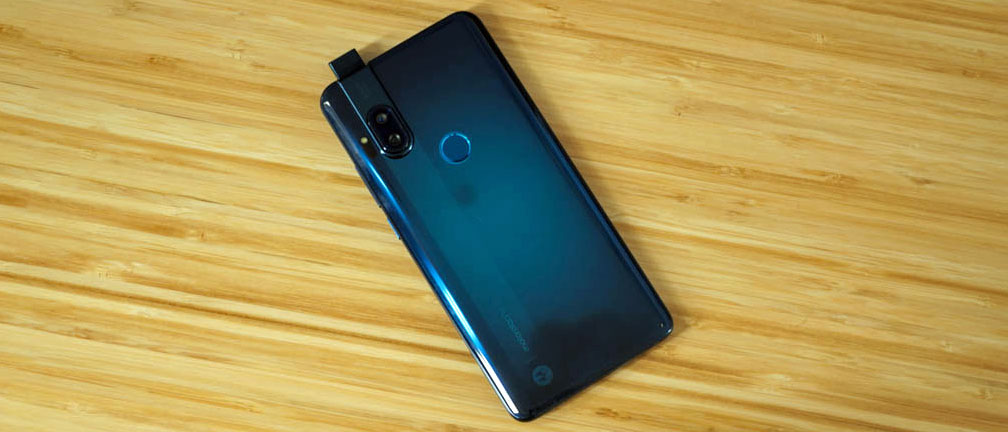TechRadar Verdict
The Motorola One Hyper comes in at a fantastic price, given everything it does. The all-screen design is striking in all the right ways and the 64MP camera impresses. While it has got some screen cropping issues gamers should be aware of, and there’s no optical zoom here, it checks all the right boxes at under $400/£300.
Pros
- +
All-screen design
- +
Great main camera
- +
Stock interface
Cons
- -
Screen crop issues when gaming
- -
Plastic build
- -
No telephoto camera
Why you can trust TechRadar
Another day, another Motorola phone, but this one’s a little different. Meet the Motorola One Hyper, an all-screen affordable phone that costs $399 / £269 (around AU$585), runs Android and packs a 64MP primary camera around the back, and Android 10 inside.
Those specs might sound top-tier, but there are a few tell tale signs dotted around this device that highlight the fact it isn’t a flagship phone. For starters, it only has two cameras around the back, missing out on an optical zoom as found on pricier devices like the Motorola One Zoom.
Its back is also made of plastic and has a meaty camera bump, where the pop-up selfie camera turtle-necks out from. There’s no under-display fingerprint scanner here either, with Motorola having opted for an old-school, around the back digit reader instead.
Eye over the specs and that mid-range positioning becomes even more evident. The One Hyper is powered by a Qualcomm Snapdragon 675 chipset combined with 4GB of RAM, and its screen isn’t OLED - the tech of choice for flagships. Instead, Motorola has opted for an IPS panel, like on the Moto G8 Plus.
Given the Motorola One Hyper’s specs, its price seems supremely fair when looking at what else is on the market - but how does it stack up in the real world?

Design
- Hefty footprint at 161.8 x 76.6 x 8.9mm
- Plastic back and no water resistance
- Headphone jack present and accounted for
Motorola is smart: it ships its plastic-backed phones with cases. This way, their reflective glass-a-like backs stay protected and scuff-free, while looking shiny.
As soon as it’s unsheathed, however, the Motorola One Hyper suffers from plastic phone syndrome - it feels a bit cheap and hollow and scratches more easily than glass.
None of this is particularly damning, given the phone’s price. The Sony Xperia 10 for example also uses plastic, and this has a similar price to Motorola’s all-screen offering.

In turn, if you can handle the fact that the Motorola One Hyper is a hefty phone (clocking in at 8.9mm thin and measuring 161.8mm tall), the design is on the money given the price. It’s loaded up with a USB-C port at the base, easy to reach power and volume buttons on the right, and the 3.5mm headphone jack is at the top.
There’s also that pop-up selfie camera, which results in a taller camera bump than we might have liked around the back, but that’s what enables the phone’s striking all-screen look, matched only by the Honor 9X at its price.
The color options are also vibrant, with the phone available in Fresh Orchid, Deepsea Blue and Dark Amber, and the fingerprint scanner is convenient to reach.
Screen
- 6.5-inch 1080 x 2340 IPS screen tech
- 19.5:9 aspect ratio
- 396 pixel-per-inch sharpness
The Motorola One Hyper’s LCD screen clocks in at 6.5 inches and sports a 19.5:9 aspect ratio, making it taller than most, but not quite Sony Xperia 5 21:9 long.

With a resolution of 1080 x 2340, it’s relatively sharp, with a similar pixel density to top-enders like the Huawei P30 Pro - 396 pixels-per-inch - but falling behind QHD+ phones like the OnePlus 7T Pro and Samsung Galaxy S10.
You won’t find any credentials like HDR or Dolby Vision here, but for what this is - a reasonably priced mid-range smartphone, the Motorola One Hyper’s uninterrupted, notch and punch-hole-free screen, looks excellent.
Screen clarity is precisely where we’d expect it to be, viewing angles are decent, and outdoor visibility is too thanks to solid brightness levels. Within the settings, there’s scope to tweak the display saturation, flipping between Natural, Boosted, and Saturated. There’s also a dark mode, which ensures wading through menus is easy on the eyes.
Basil Kronfli is the Head of content at Make Honey and freelance technology journalist. He is an experienced writer and producer and is skilled in video production, and runs the technology YouTube channel TechEdit.

